Journalist Report
MDRS Crew 282 (Martian Biology III)
Jordan Bimm, 06.08.23
Since April 2021, we’ve all marveled at Ingenuity, NASA’s small robotic helicopter that’s been making the first powered flights on Mars (52 in total at time of writing). At MDRS, Crew 282’s mission Martian Biology III has been interested in a different kind of tiny flyer with big implications for the future of humanity—not advanced drones, but mosquitos. For many of us mosquitos are the classic summertime nuisance. We repel them with bug spray or a well-timed slap. However, even with global mitigation efforts mosquitos still infect around a million humans with deadly diseases including malaria each year. This is why entomologist Jacopo Razzauti, a PhD student at Rockefeller University and member of Crew 282 studies these unsavory critters. So instead of avoiding mosquitos, we are in the odd position of actively seeking them out. Today our hunt for “Marsquitos” took us to Muddy Creek. Reaching this field site, which we also examined during last year’s mission, involved firing up the rovers and trekking out across the lunar-like landscape of Copernicus Valley before arriving at winding reed-lined banks. At the start of our mission, we set out in search of mosquitos in all stages of development, larvae, pupae, and the familiar adult. “Mosquitos are very lazy,” Jacopo explained to us. “But if a human is around, they will come to you.” In this situation, we are not only scientists and scholars, we are also human bait. Over the past three days we’ve had lots of success: in the Henry Mountains we discovered a treasure trove of mosquito larvae in an abandoned water tank (mosquitos love laying eggs in still water), and last night by the Fremont River we used nets to catch eight adult mosquitos. Quickly transferring them from our net into sample tubes before they had a chance to escape turned the process into a fun high-stakes challenge. (Catching them alive and intact so they can be properly identified and studied is harder than you’d think.) Today we built on this success at Muddy Creek where we discovered and captured five more adult mosquitos. Then on our return drive to the station we stopped at a site called Cowboy Corner which we explored last year as well, remembering there was water here too. Hidden away in a natural depression we found standing pools of water that contained tadpoles, frogs, and yes, mosquito pupae! Now Jacopo is in the process of preparing them for analysis in the science dome. We endured a few itchy bites, but this was a sacrifice we were prepared to make for science, especially if the result is a better understanding of this important organism and the rich ecosystems surrounding MDRS.
Captions:
Image 1: Muddy Creek at the northern edge of the MDRS Exploration Zone.
Image 2: Jacopo catches an adult mosquito on the bank of Muddy Creek.
Image 3: Jacopo collects a mosquito pupae at Cowboy Corner.
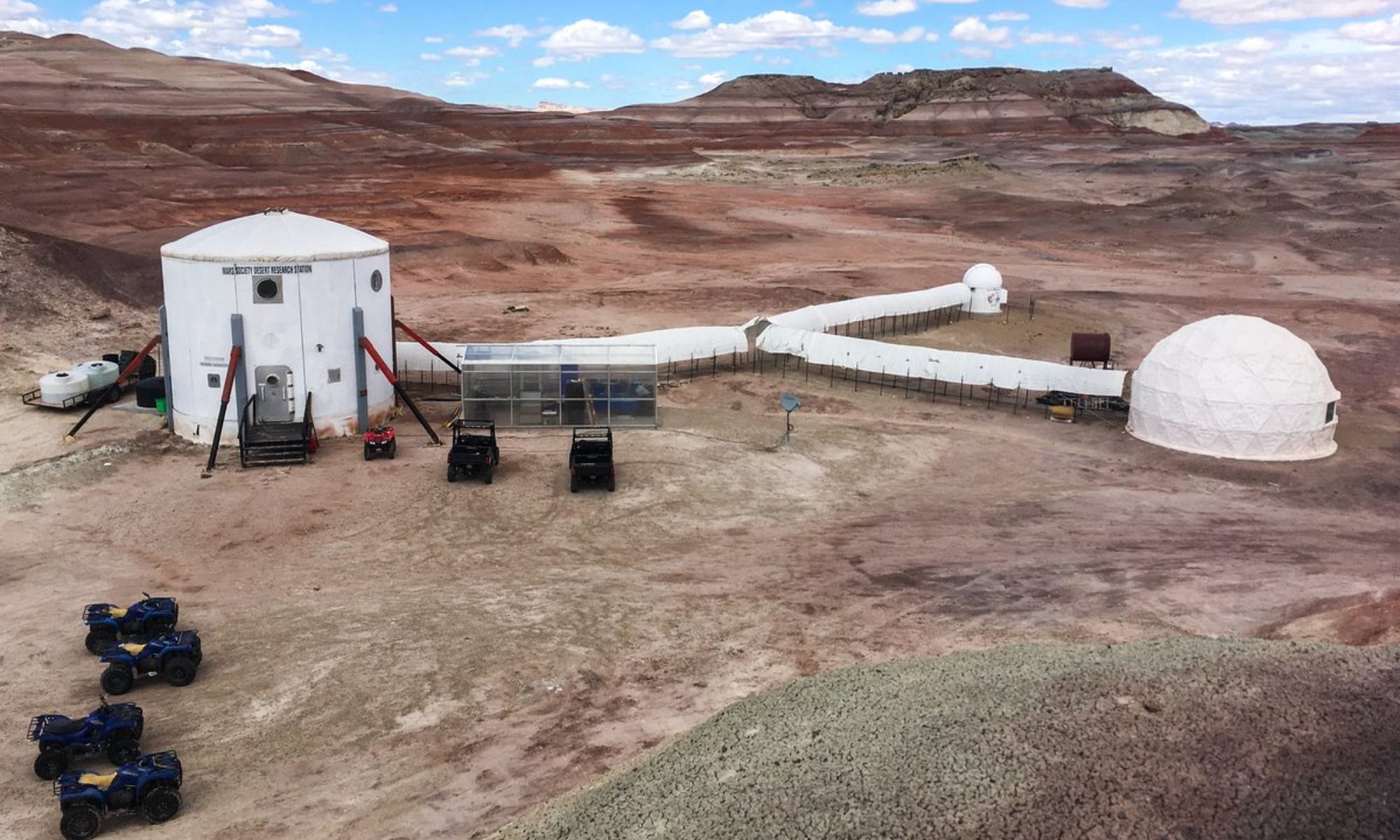

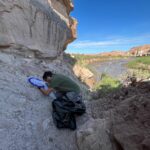
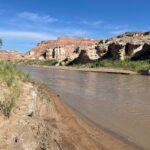
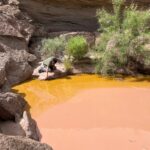

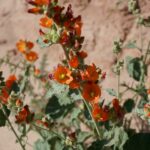
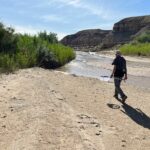
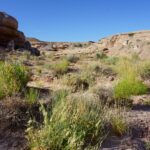
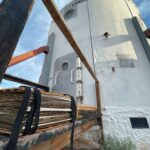
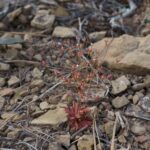
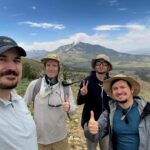
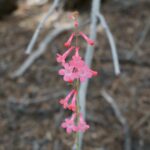
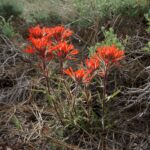
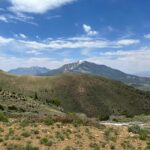
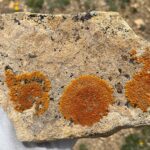
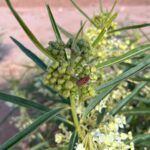
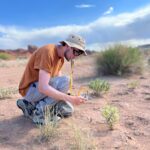
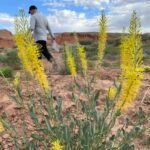
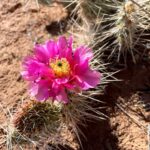
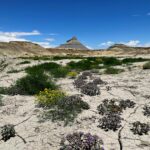
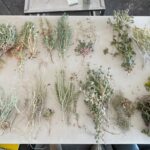
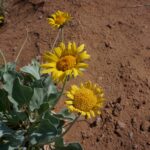
You must be logged in to post a comment.